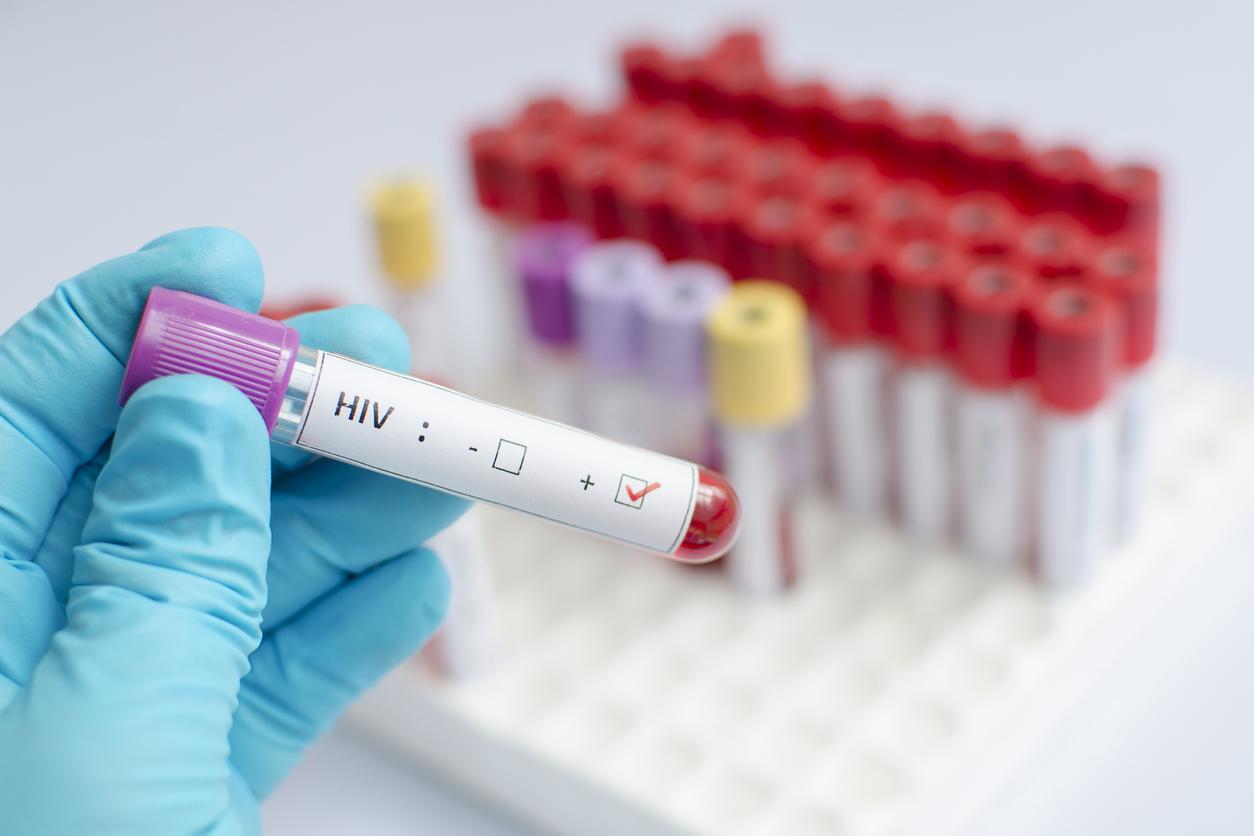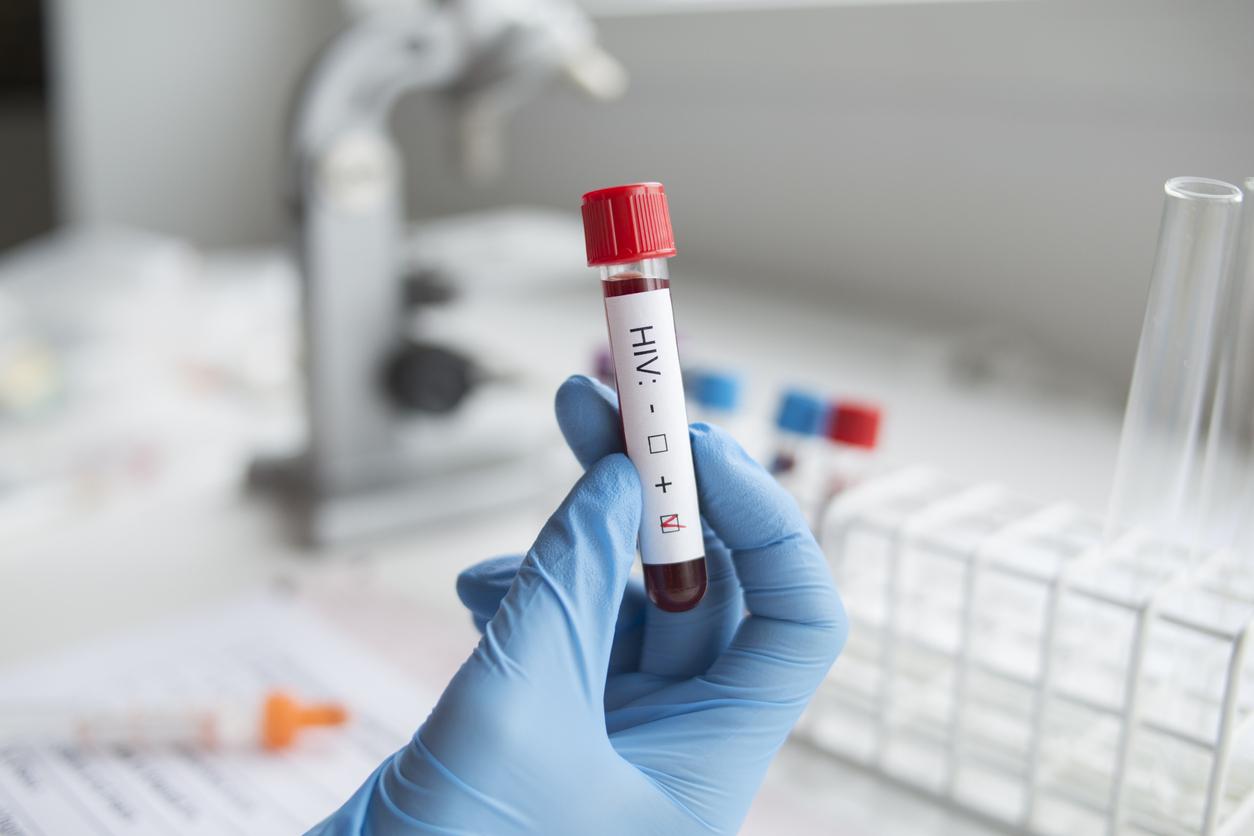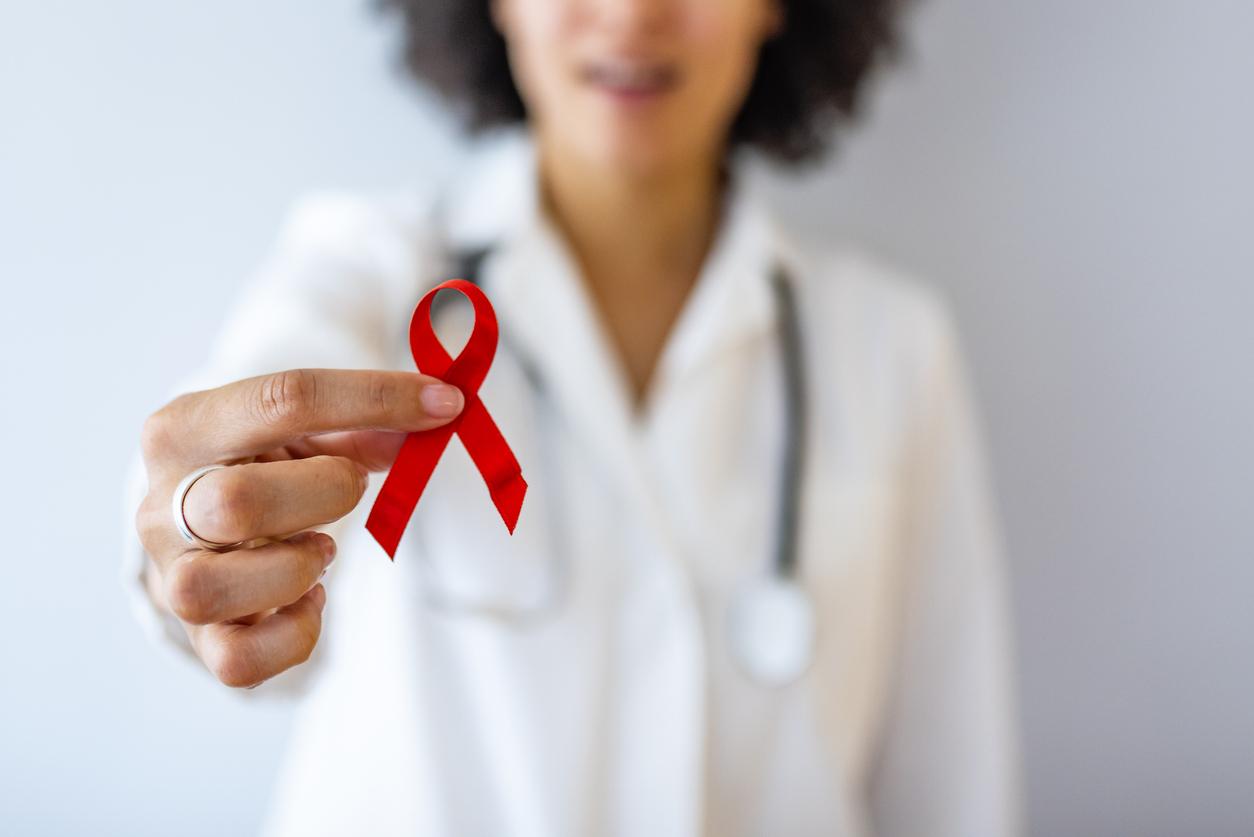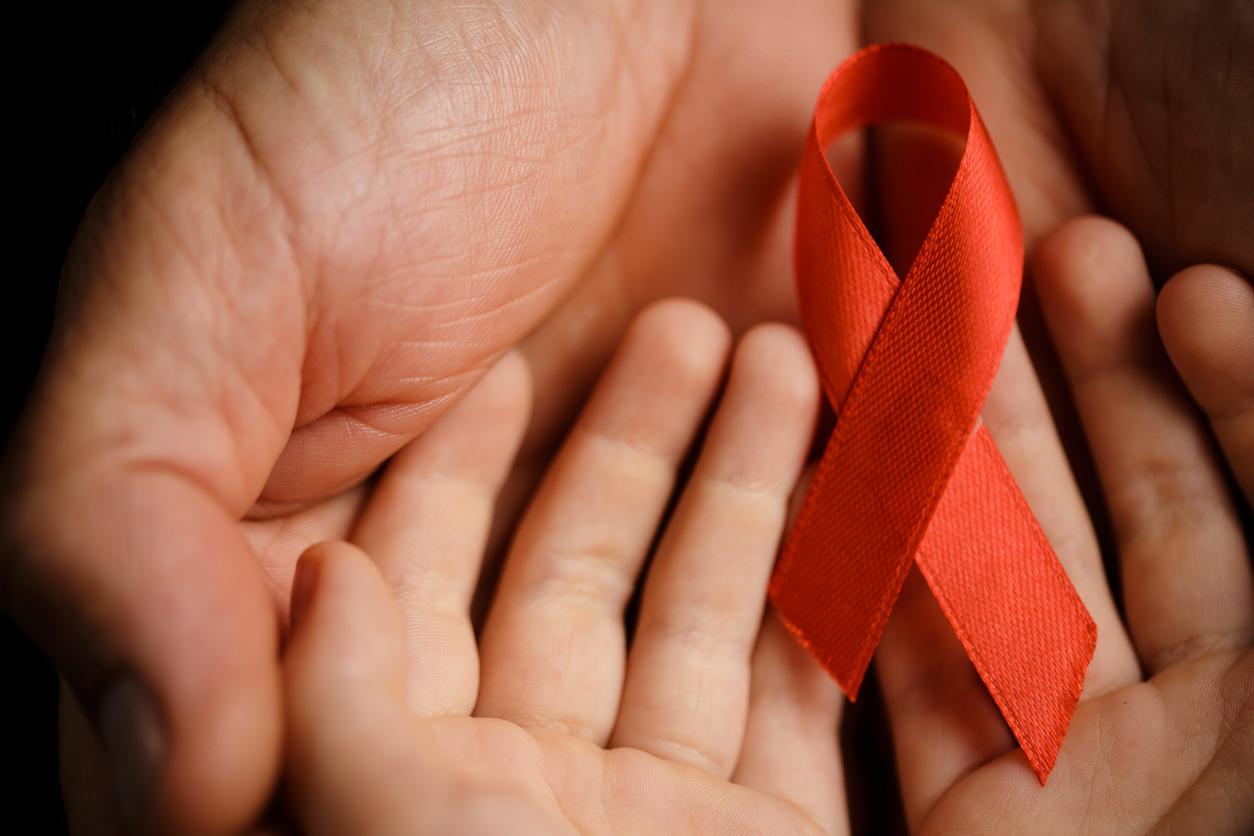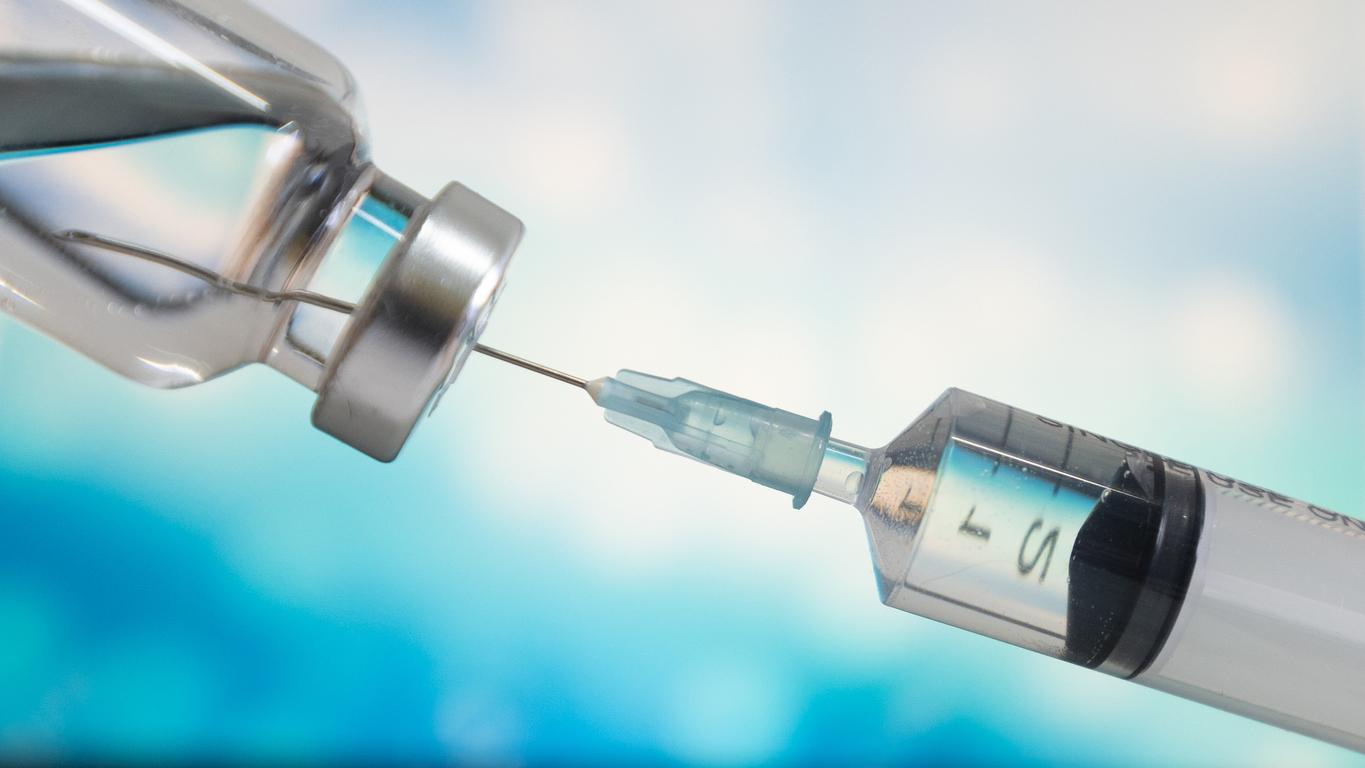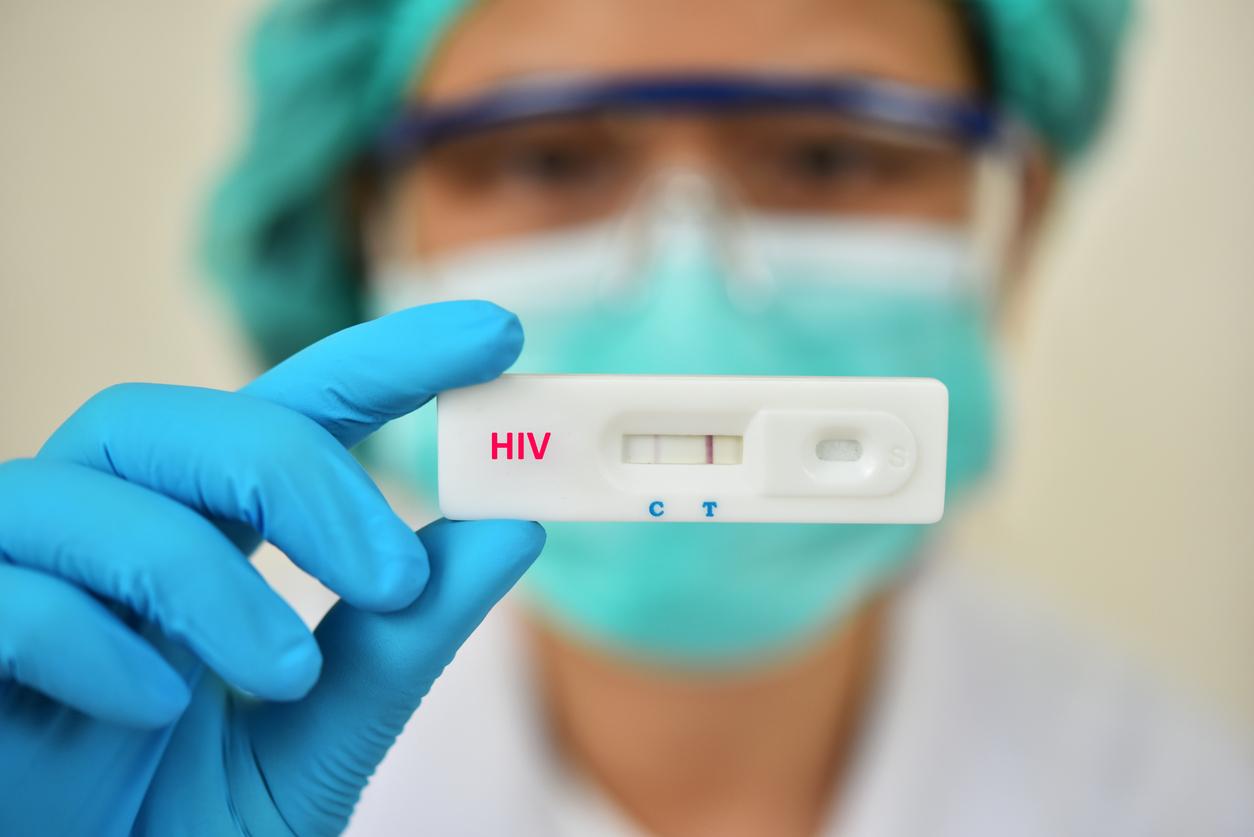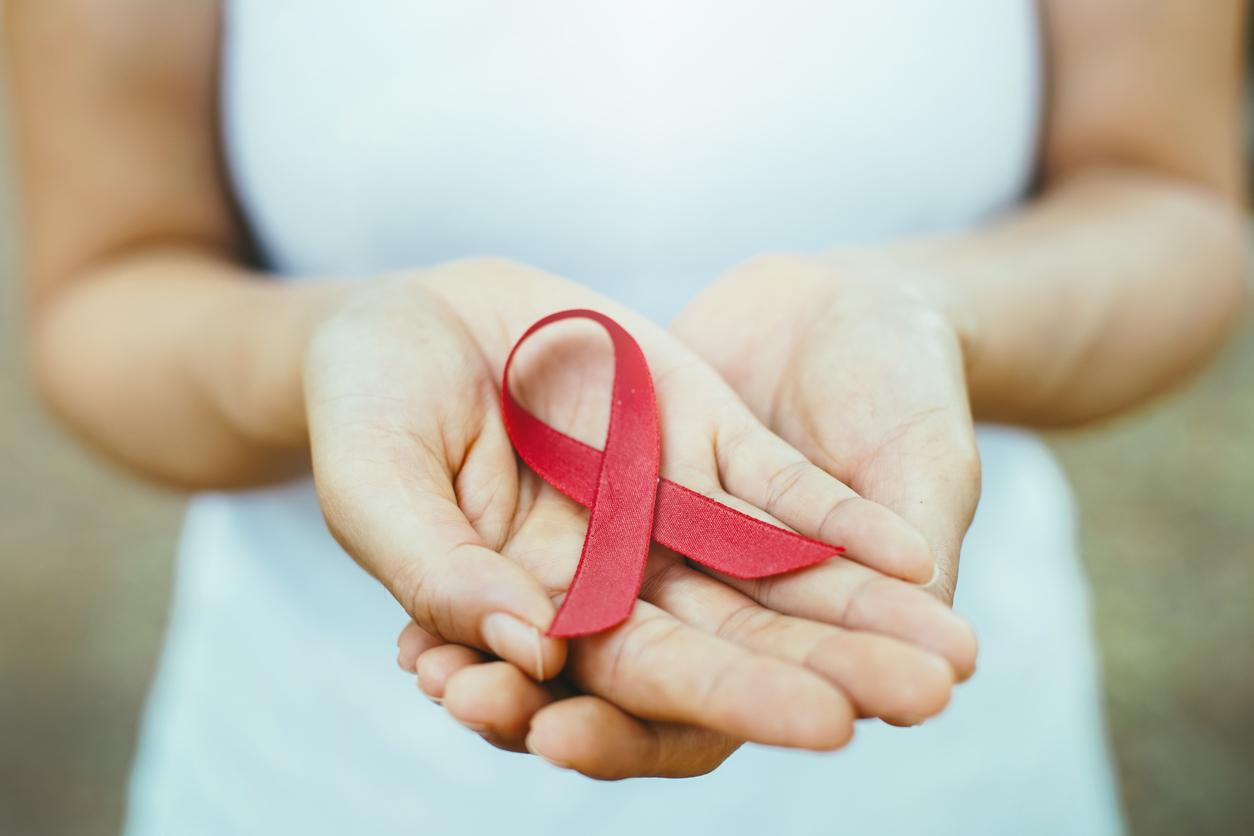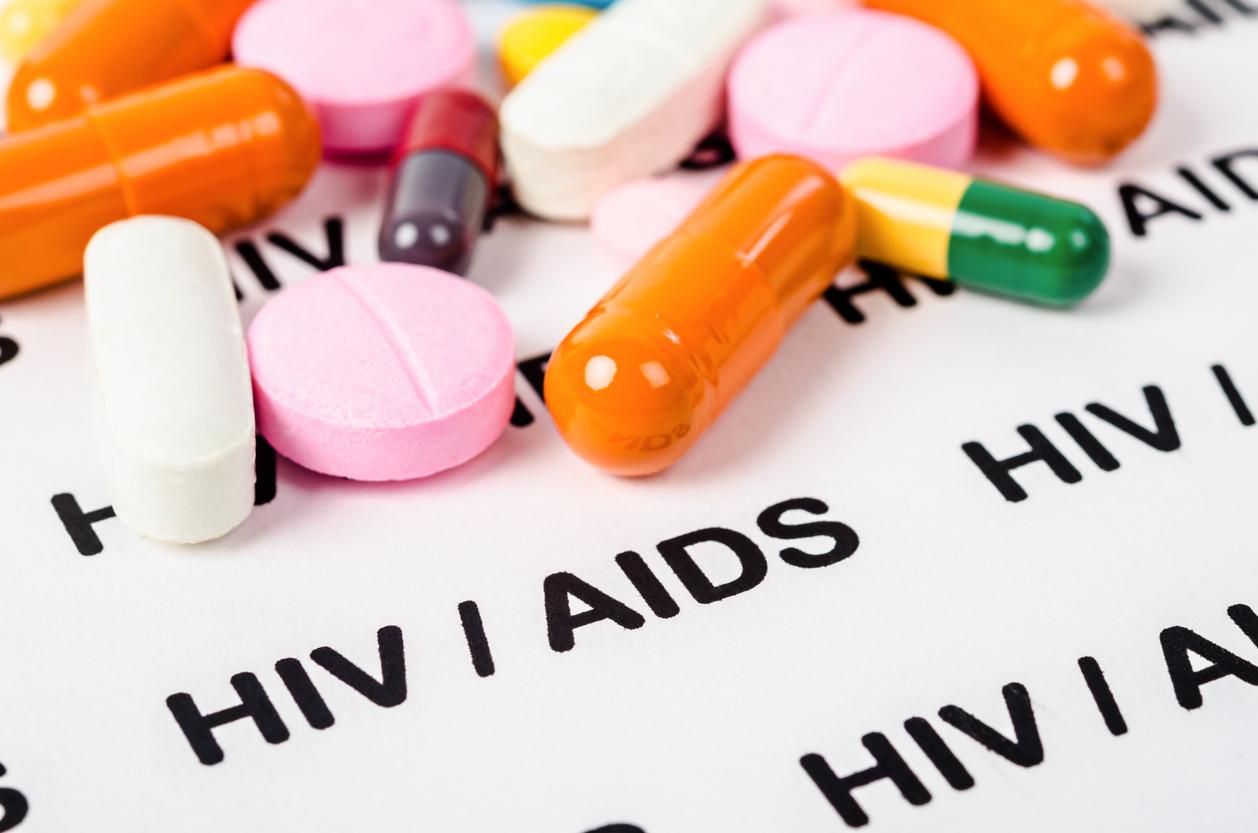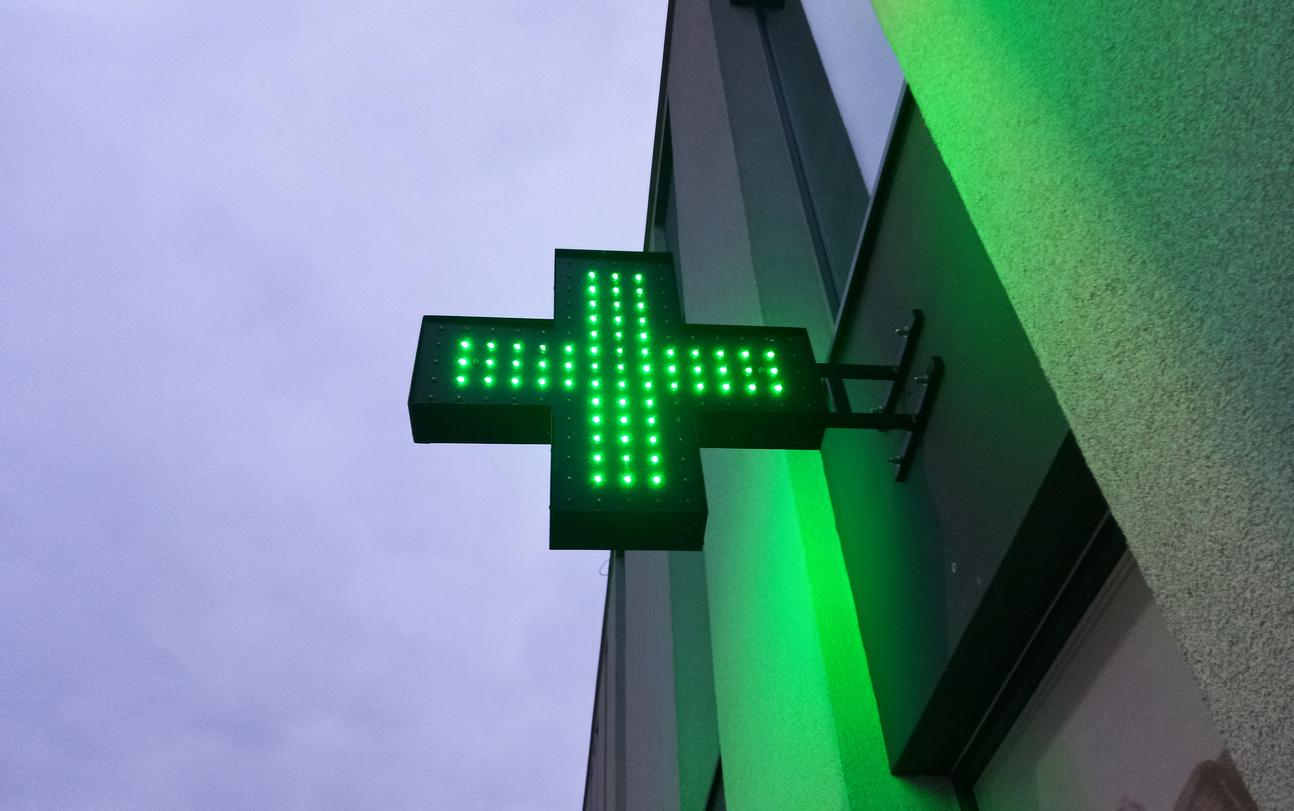In full harvest of donations for Sidaction 2016, InVS reveals that the number of discoveries of HIV seropositivity was estimated at 6,600 in 2014. A figure up by nearly 5%.

While collecting for the Sidaction 2016 has just been launched, we learn that nearly 6,600 people discovered their HIV seropositivity in 2014. Among them, 30% were diagnosed in town and 70% in hospital. A number of discoveries up 5% compared to last year, reveals the National Institute for Public Health Surveillance (InVS) in its annual report published this Friday.
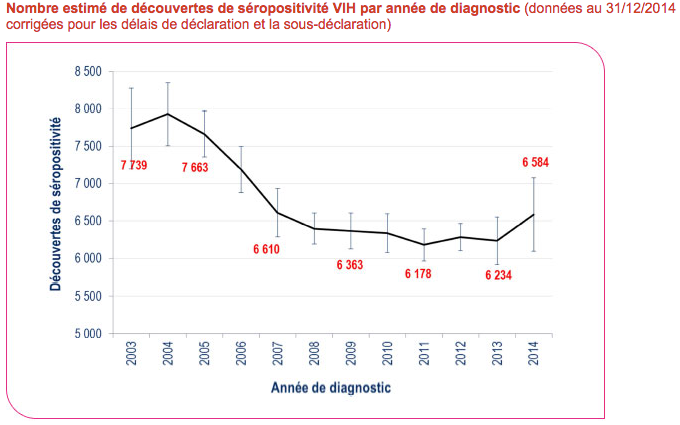
Men who have sex with men (MSM) and heterosexuals born abroad (three-quarters of whom were born in a country in sub-Saharan Africa) remain the two most affected groups. They represent respectively 42% and 39% of discoveries in 2014. Heterosexuals born in France and drug users represent 17% and 1% respectively.
The only “significant” increase since 2011 has been observed among MSM, in whom the number of new diagnoses of HIV infection continues to increase. Nearly 2,800 of them discovered their HIV status in 2014, compared to less than 2,000 ten years ago.
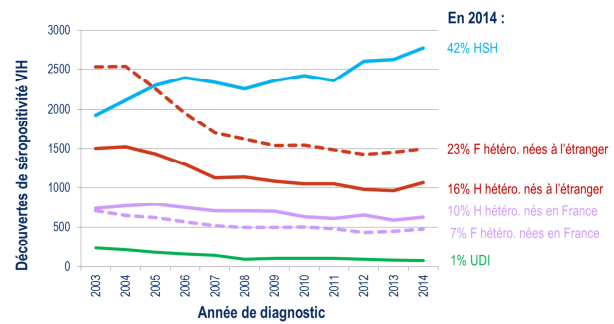
The progression of STIs continues
At the same time, incidence estimates show that the annual number of HIV infections is still very high among MSM (3,600 in 2012), therefore higher than that of findings of seropositivity in this group, “which tends to show that their use of screening is insufficient, ”deplores the InVS. “The incidence has not decreased in recent years and is increasing even among the youngest,” he adds.
Same worrying trend in this population, the progression of other STIs (recent syphilis, gonococcal infections, and venereal lymphogranulomatosis-LGV-) which also continues according to these figures. Although the condom is the only means of prevention protecting both HIV and other STIs, “it is essential to mobilize all the prevention tools for this population, in a logic of combined prevention”, insists the Institute. .
Screening: rapid tests at the margin
Another downside reported by these epidemiologists, the trend towards a greater precocity of diagnoses over recent years which did not continue in 2014, “in a context where the overall HIV screening activity has been stable since 2011 (5.3 million of serologies carried out in 2014) ”, it is written in the report.
In the end, only the number of Rapid Diagnostic Orientation Tests (1), carried out as part of “community screening” actions since the end of 2011, has gradually increased. This diagnosis, which has been carried out since 2010 (in France) by a drop of blood taken at the end of a finger, however remains “marginal compared to the activity of laboratory screening”.
These actions initially benefited primarily the MSM population, but have since reached more diverse audiences. Among 61,600 TRODs carried out in 2014, 30% were carried out among MSM, 28% among migrants and 36% among people not belonging to the most exposed populations, the survey concludes.
As a reminder, there are also about 30,000 French people who are HIV positive without knowing it.
(1) The TROD (Rapid Diagnostic Orientation Test) provides a result in 30 minutes maximum. It is completely reliable three months after taking an HIV risk
.







